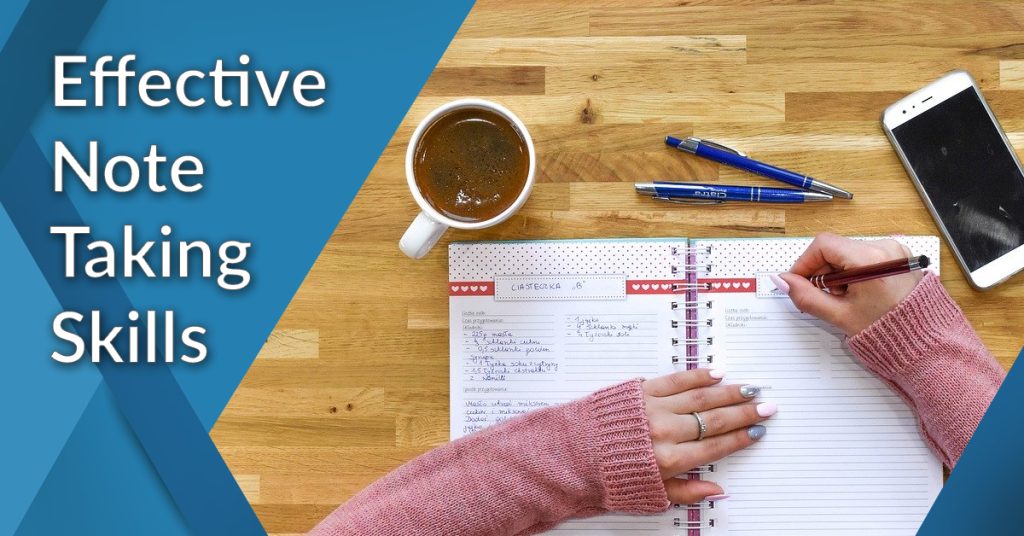Taking effective notes during a speech or presentation is crucial for retaining and organizing information. Whether you’re a student, professional, or just someone who wants to improve their note-taking skills, mastering this art can significantly enhance your understanding and recall of the material. In this article, we’ll explore practical tips and strategies for effective speech note-taking.
Why Effective Note-Taking Matters
Effective note-taking helps you capture and organize key points, making it easier to review and apply the information later. Good notes can also aid in understanding complex concepts and ensure you don’t miss any crucial details. By implementing strategic note-taking methods, you can improve your retention and make the most out of speeches and presentations.
Key Techniques for Effective Note-Taking
1. Prepare in Advance
Preparation is key to effective note-taking. Before the speech starts, research the topic if possible and review any available materials. Familiarizing yourself with the subject matter will make it easier to identify and record the main points during the speech.
2. Choose the Right Tools
Selecting the right tools for note-taking can make a significant difference. Whether you prefer a laptop, tablet, or traditional pen and paper, ensure you use a medium that you’re comfortable with and can easily access. Digital tools often offer features like searchability and organization, while handwritten notes can enhance retention through active engagement.
3. Use Structured Formats
Adopting a structured format for your notes can help in organizing information logically. Some popular methods include:
- Outline Method: Use bullet points and headings to create a hierarchical structure. This method is useful for capturing main ideas and supporting details.
- Cornell Method: Divide your page into three sections: notes, cues, and summary. This approach helps in organizing information and reviewing key points efficiently.
- Mind Mapping: Create a visual representation of the information, with the main idea at the center and branches representing related concepts. This method is effective for understanding relationships between topics.
4. Focus on Key Points
During the speech, concentrate on capturing key points rather than transcribing every word. Look for main ideas, important facts, and key examples. Use abbreviations and symbols to speed up your note-taking process and avoid getting bogged down in details.
5. Be an Active Listener
Active listening is essential for effective note-taking. Pay attention to the speaker’s tone, emphasis, and any non-verbal cues that highlight important information. Engaging actively with the material will help you identify crucial points and capture them accurately in your notes.
Tips for Reviewing and Organizing Your Notes
1. Review Promptly
Review your notes as soon as possible after the speech. This will help reinforce your memory and allow you to fill in any gaps while the information is still fresh. Summarize key points, highlight important details, and clarify any areas that are unclear.
2. Organize Your Notes
Organizing your notes after the speech can improve their usability. Group related information together, create headings and subheadings, and ensure that your notes are clear and easy to navigate. Consider creating a summary or an index for quick reference.
3. Use Technology for Enhanced Note-Taking
Leverage technology to enhance your note-taking process. Applications like Evernote, Microsoft OneNote, and Notion offer features such as tagging, searchability, and cloud storage. These tools can help you organize, access, and review your notes more efficiently.
4. Practice Regularly
Like any skill, effective note-taking improves with practice. Regularly practicing note-taking during various types of speeches and presentations will help you refine your techniques and develop a system that works best for you.

Common Challenges and Solutions
1. Information Overload
Challenge: It can be overwhelming to capture a large amount of information quickly.
Solution: Focus on key points and use shorthand techniques. Prioritize main ideas and significant details rather than trying to record everything.
2. Keeping Up with the Speaker
Challenge: The speaker may talk too fast, making it difficult to keep up with note-taking.
Solution: Practice active listening and use abbreviations to keep up. If necessary, ask for a copy of the speech or presentation slides to fill in any gaps in your notes.
3. Disorganized Notes
Challenge: Notes may become disorganized and hard to follow.
Solution: Use a structured format and review your notes promptly. Organize and summarize the information to ensure clarity and coherence.
Conclusion
Effective speech note-taking is an essential skill that can enhance your learning and comprehension. By preparing in advance, using structured formats, focusing on key points, and leveraging technology, you can improve your note-taking practices and make the most out of every speech or presentation. With regular practice and strategic approaches, you’ll be able to capture and organize information more effectively, leading to better understanding and recall.
To contact and know more about us, click this link: https://vbctraining.com.au/
Click this link to know more about our communication training: https://vbctraining.com.au/communication-skills-training-melbourne/
